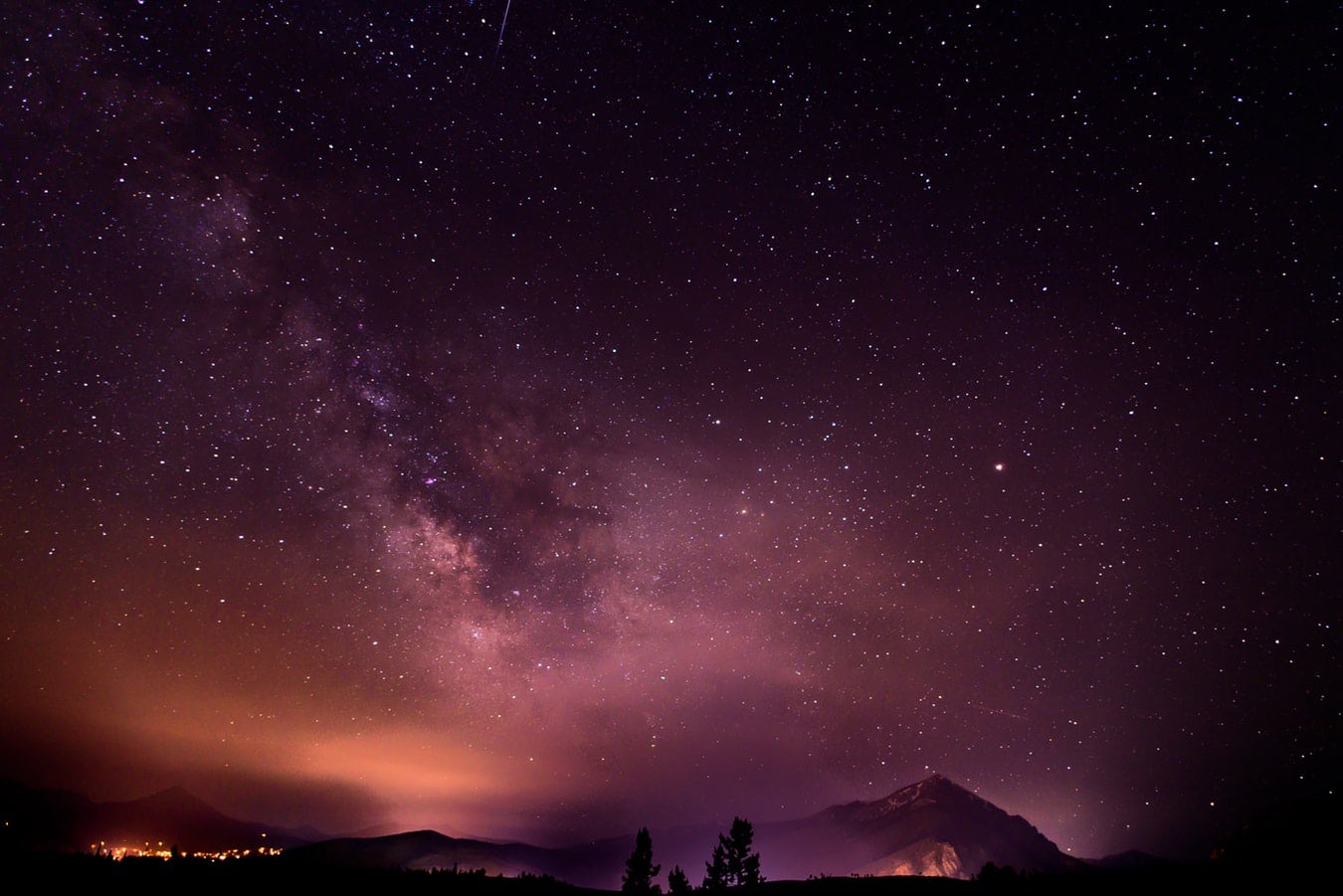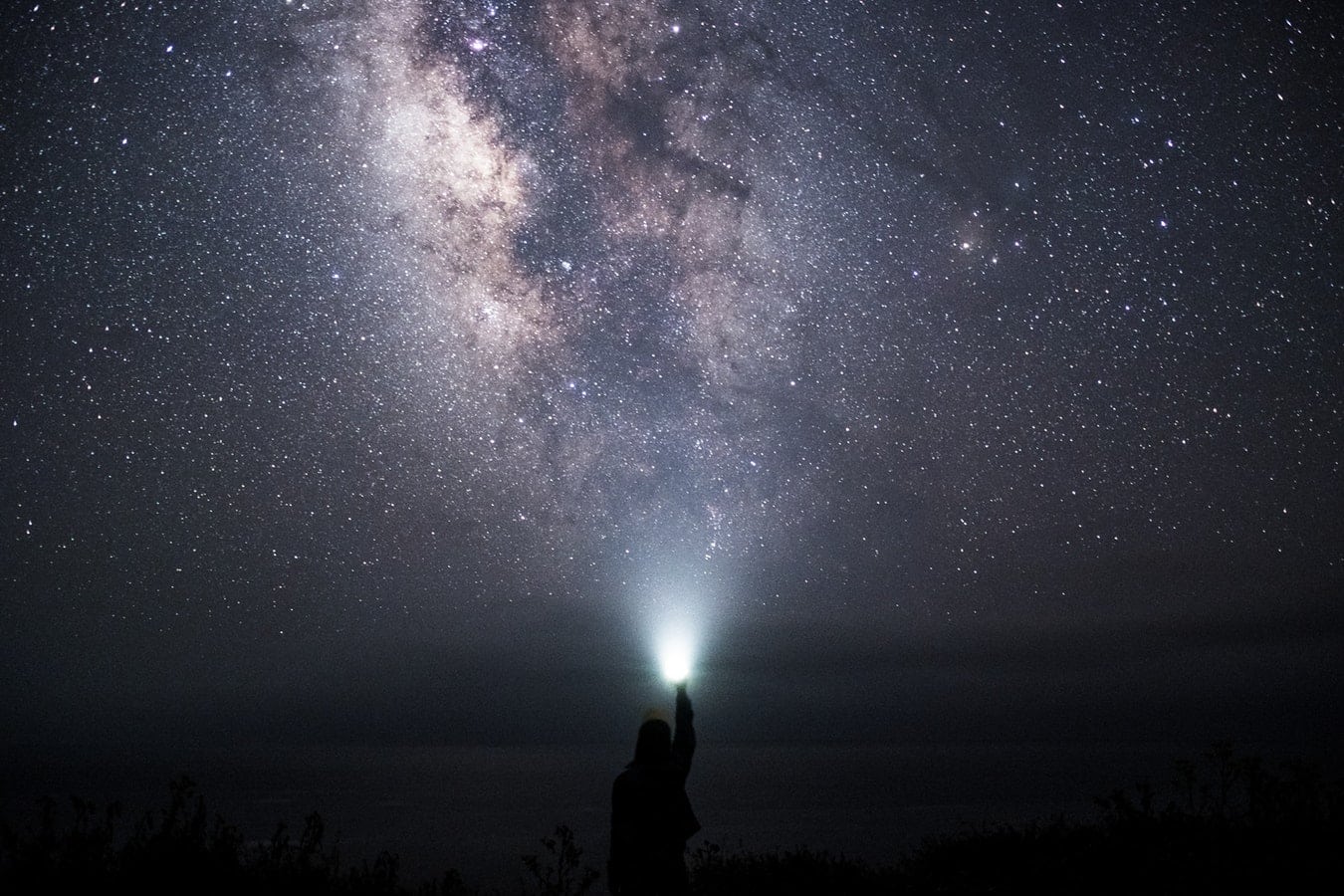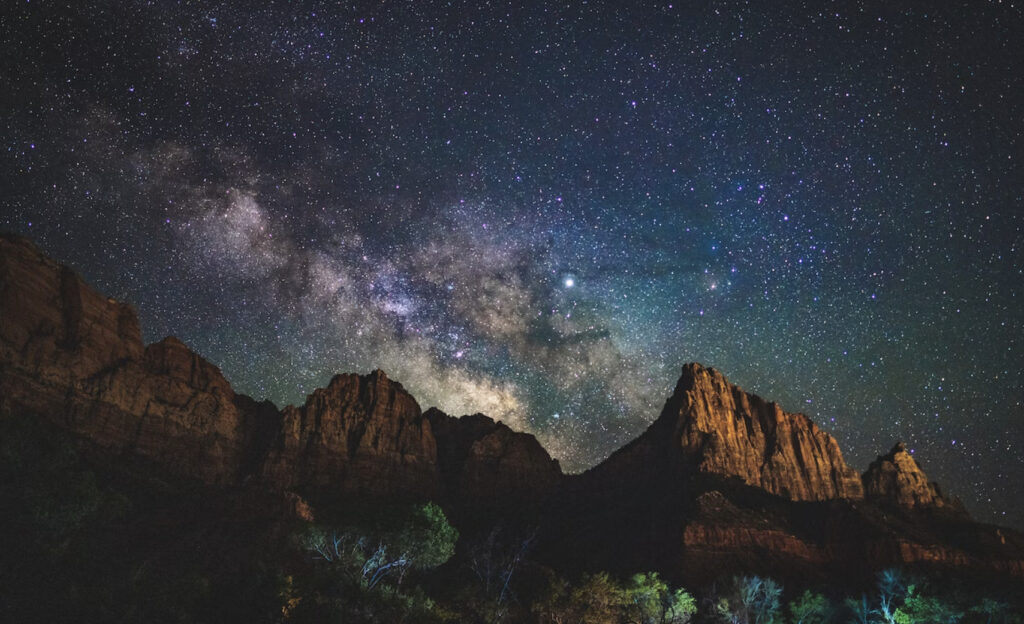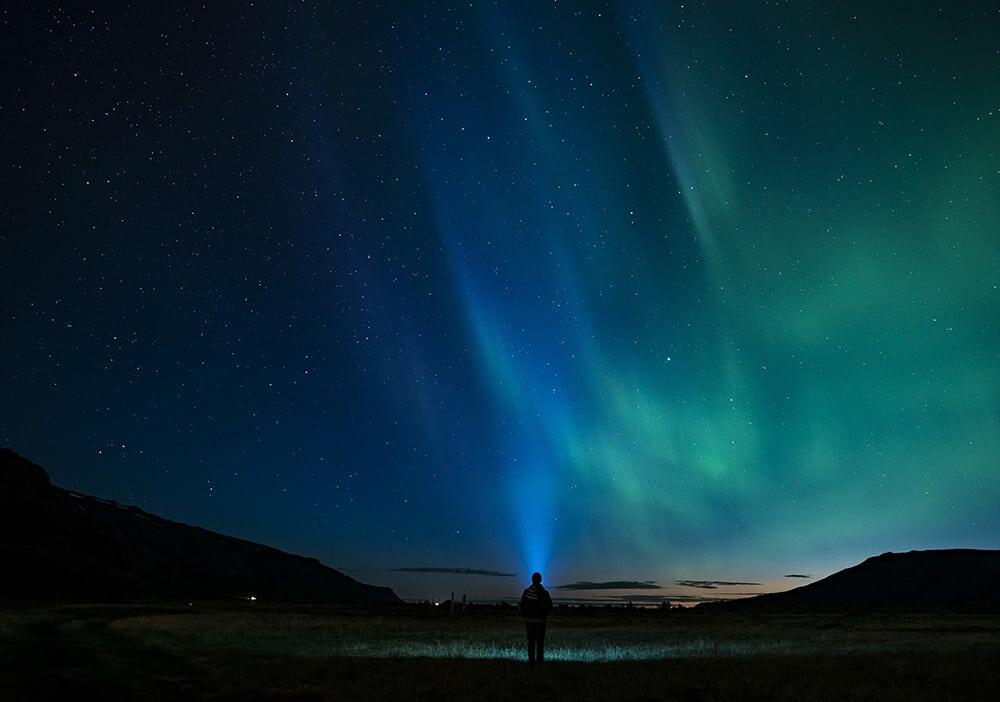If you have ever photographed the night sky, you would have come up against some pretty serious exposure problems and maybe even got unwanted star trails, right? It is tough.
Or is it?
Well, it turns out there are several ways to get the perfect exposure for night sky photography – there is the 500 rule that we have written about before, but here we want to talk about the 600 rule in photography.
Grab your Milky Way Photography Blueprint for free right here.
Understanding astrophotography might seem like a very complicated task because you need to take into consideration various parameters – location, time, weather, and on top of that camera settings! In case you’re already somewhat familiar with astrophotography, you have certainly heard about the 500 rule, which can help you catch the perfect night sky shot.
The 600 rule is very similar to the 500 rule; it states that in order to eliminate star trails the exposure time in seconds should be 600 divided by the focal length of the taking lens. Don't worry if you didn't get it immediately – read along and we'll explain it in detail!
How To Use The 600 Rule and Get Perfectly Exposed Night Sky Photographs
We can start with this simple equation:
600 ÷ focal length of lens = exposure time
This equation gives you the maximum exposure time you can use before stars start to appear as trails. For instance, if you’re using an 18mm lens, you can apply the rule like this:
600 ÷ 18 = 33 seconds
This means that if your exposure time is less than 33 seconds, you’re safe from any movement in your image. However, you have to be aware that there's a slight flaw in this rule because different camera bodies and their different sensor sizes affect the equation.
The original 600 rule is specifically aimed at full frame cameras, but if you alter it and take into consideration various crop sensor sizes, you can use the adjusted versions of the 600 rule.

The 600 Rule For Crop Sensor Cameras
For example, the Nikon D3200 has a 1.5x crop sensor, while many Canon cameras have 1.6x sensor. In order to calculate the maximum exposure time for these cameras, you should use the following equations:
600 / focal length / 1.6 (for crop sensor Canon cameras)
This means that if you're using a 35mm lens, it will be 600 / 35 / 1.6 = 10.7 sec (approximately). If you have a crop sensor, Nikon, you should use this version of the equation:
600 / focal length / 1.5 (for crop sensor Nikon cameras)
Again, if you're using a 35mm lens, it will be 600/ 35 / 1.5 = 11.4 sec (approximately)
The following table can be really helpful as well:
| Lens Focal Length | Full Frame Camera | 1.6 Crop (Canon) | 1.5 Crop (Nikon) |
| 14 mm | 42.86 sec | 26.79 sec | 28.57 sec |
| 16 mm | 37.50 sec | 23.44 sec | 25.00 sec |
| 20 mm | 30.00 sec | 18.75 sec | 20.00 sec |
| 24 mm | 25.00 sec | 15.63 sec | 16.67 sec |
| 35 mm | 17.14 sec | 10.71 sec | 11.43 sec |
| 50 mm | 12.00 sec | 7.50 sec | 8.00 sec |
| 75 mm | 8.00 sec | 5.00 sec | 5.33 sec |
| 100 mm | 6.00 sec | 3.75 sec | 4.00 sec |
| 200 mm | 3.00 sec | 1.88 sec | 2.00 sec |
| 300 mm | 2.00 sec | 1.25 sec | 1.33 sec |
The 600 VS The 500 Rule – How to Know Which One to Use
Now you must be wondering about the difference between the 500 and the 600 rule. Actually, there's not much difference except the fact that the 600 rule allows for a somewhat longer shutter speed. In case you discover that the 500 rule doesn't exactly work for your camera, you can still try the 600 rule!
Some suggest that you should use the 600 rule for images that you'll be using online – ie blogs or Facebook because on the web you won't notice if there is any slight trailing. But if you are going to print your images then stick with the more conservative 500 rule.
Of course, this is really just conjecture and you should definitely experiment with both rules – you will get to know your camera and what best applies in your photography situation.

Learn More About The 600 Rule
In case you feel like you want to learn more about the 600 rule, there are many great resources around the web. We suggest you take a look at the following ones:
Even if you're not good at math and you don't like equations, there's a perfect solution for you-you can use the app (of course there is always an app for that!!!) called Rule of 600 and avoid doing any calculations by yourself!

More Resources On Perfecting Your Own Star Photography
Night sky photography isn't only about following the 600 rule – there are many more secrets to it! For anyone who would like to learn much more about this intriguing genre of photography, we have some great articles here on Light Stalking:
- How to Photograph the Milky Way – This is a detailed guide to night sky photography consisting of 12 steps and many useful hints. It covers the 500 and the 600 rules but it offers much more than that!
- How to Photograph the Moon – For those who are specifically into photographing the Moon, this is a great post that covers many technical aspects of getting some truly outstanding photos.
Good luck with learning and taking some amazing images!







1 Comment
Jasenka, great post. A while back I developed an iOS app for 600 Rule calculations, almost identical to my iOS app that uses the 500 Rule. if you’re interested, here’s the link: